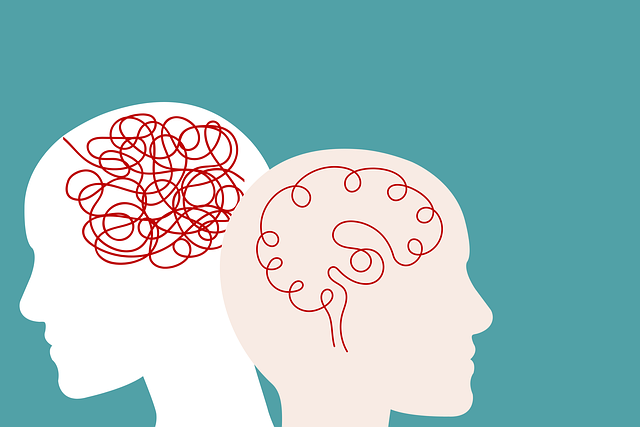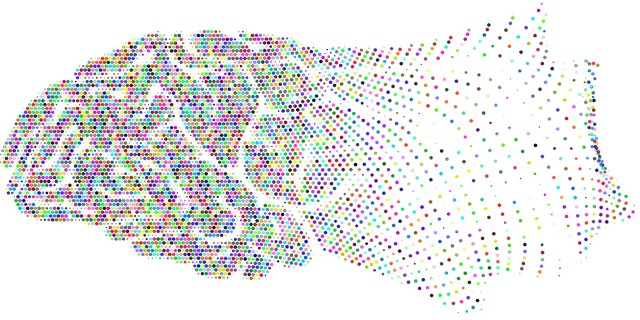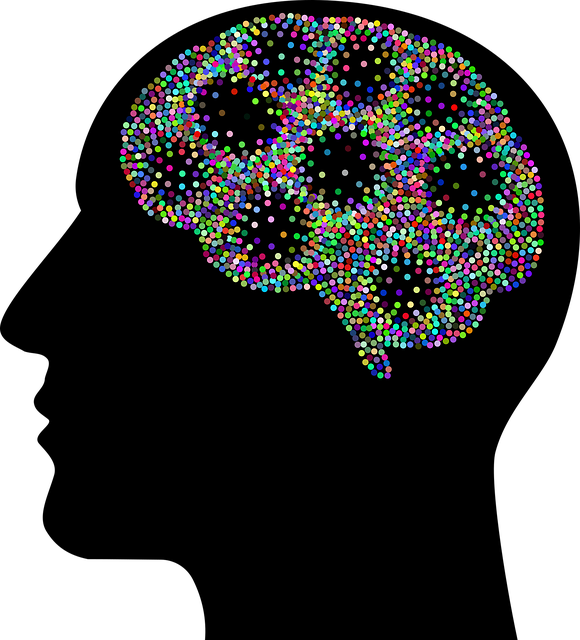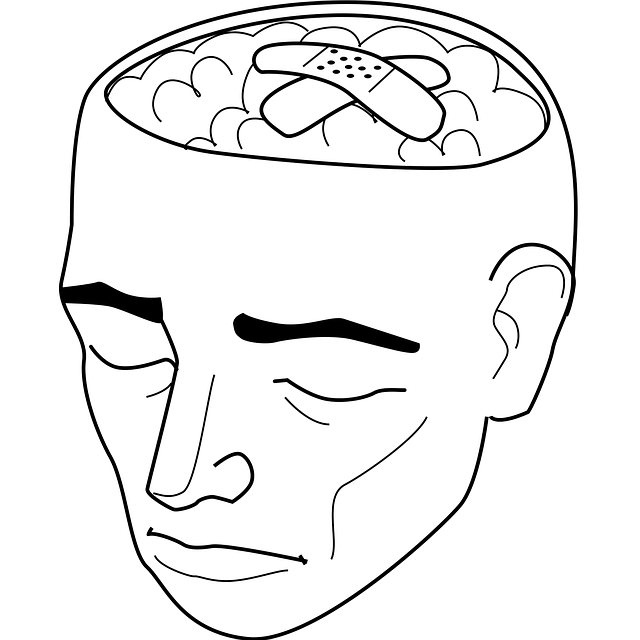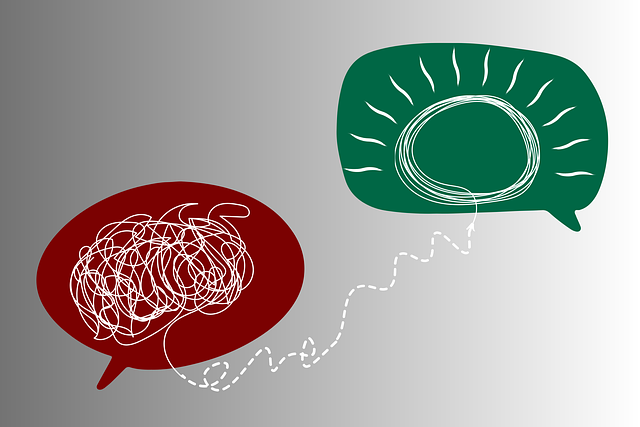Mental health advocacy for adolescents with neuro disorders focuses on empowering them through tailored therapy, including compassion cultivation and journaling exercises, to address specific disorders and build resilience. Early intervention strategies like cognitive-behavioral therapy (CBT) and public awareness campaigns play crucial roles in combating anxiety, depression, and stigma. Community engagement and education further enhance access to therapy and support, while advocacy initiatives drive policy changes, improving care and outcomes for teens with neuro disorders.
Mental health advocacy initiatives play a pivotal role in supporting adolescents with neuro disorders. This comprehensive article delves into key aspects of mental health advocacy, including the understanding and importance of early intervention through therapy, the power of community engagement and education to break stigma, and policy changes that ensure accessible care for teen neuro patients. By exploring these strategies, we aim to highlight effective approaches in promoting holistic well-being for adolescent teens with neuro disorders.
- Understanding Mental Health Advocacy for Adolescents with Neuro Disorders
- The Role of Therapy in Early Intervention and Prevention Strategies
- Community Engagement and Education: Breaking Stigma and Promoting Support
- Policy Changes and Access to Care: Ensuring Teens Receive the Necessary Therapy
Understanding Mental Health Advocacy for Adolescents with Neuro Disorders

Mental Health Advocacy for Adolescents with Neuro Disorders is a specialized field that focuses on empowering young individuals navigating unique challenges. These adolescents often face complex mental health issues alongside neurodevelopmental disorders, requiring tailored support and understanding. Advocacy initiatives aim to bridge the gap between medical care and holistic well-being, ensuring these teens receive comprehensive therapy for adolescent teens with neuro disorders.
Therapy plays a pivotal role in this process, offering evidence-based approaches like compassion cultivation practices and mental wellness journaling exercises guidance. These strategies not only address specific disorders but also foster resilience, self-compassion, and effective coping mechanisms. By integrating Trauma Support Services into the advocacy framework, professionals can provide a safe space for adolescents to express and heal from past traumas, enhancing their overall mental health and quality of life.
The Role of Therapy in Early Intervention and Prevention Strategies

Early intervention plays a pivotal role in mental health advocacy, particularly when targeting adolescent teens with neuro disorders. Therapy serves as a powerful tool to detect and address emerging issues before they escalate into more severe conditions. Through tailored therapeutic approaches, professionals can help young individuals navigate their unique challenges and develop coping mechanisms. For instance, cognitive-behavioral therapy (CBT) has shown effectiveness in managing anxiety and depression, common mental health concerns among teens.
Empathy-building strategies within therapy foster a supportive environment, encouraging open communication. This is crucial for adolescents to express their feelings and fears without stigma. Public awareness campaigns development around mental health issues can further complement these efforts by educating the public on recognizing early signs and promoting understanding. By combining therapy with increased Mental Health Awareness, we can ensure that adolescent teens receive the necessary support, leading to improved outcomes and a brighter future.
Community Engagement and Education: Breaking Stigma and Promoting Support

In the fight against mental health challenges, community engagement and education play a pivotal role in fostering an environment of support and understanding. By bringing awareness to mental wellness issues, we can break down the barriers created by stigma, which often prevents individuals from seeking help. One effective strategy is to educate communities about neuro disorders and their impact on adolescents, as early intervention and therapy can significantly influence long-term outcomes.
Engaging local schools, community centers, and religious groups in mental health initiatives ensures that valuable resources reach a wide audience. Workshops and seminars focused on recognizing signs of distress and promoting self-care practices can empower individuals to support their peers. Encouraging open conversations about mental health helps normalize these discussions, making it easier for teens struggling with neuro disorders to access the therapy they need.
Policy Changes and Access to Care: Ensuring Teens Receive the Necessary Therapy

Mental health advocacy initiatives have been instrumental in driving policy changes that enhance access to care for adolescent teens with neuro disorders. These efforts have led to increased funding for specialized therapy programs tailored to meet the unique needs of young individuals grappling with conditions like anxiety, depression, and ADHD. By advocating for policies that prioritize mental health, communities are ensuring that teens receive not just basic but necessary therapeutic support. This shift is crucial in fostering their overall well-being and development.
The focus on policy changes extends to improving healthcare infrastructure, including training burnout prevention strategies for healthcare providers. Equipping professionals with the right tools and resources enables them to offer consistent and compassionate care. Moreover, integrating coping skills development and stress reduction methods into treatment plans empowers teens to manage their mental health proactively. These comprehensive approaches are redefining how we support adolescent teens, paving the way for better outcomes in their short-term and long-term mental health journeys.
Mental health advocacy plays a pivotal role in ensuring that adolescent teens with neuro disorders receive the necessary therapy and support. By understanding the unique challenges these individuals face, implementing early intervention strategies, breaking stigma through community engagement, and pushing for policy changes, we can create a more inclusive and supportive environment. Access to quality care is paramount; only then can we foster healthy development and improve outcomes for this vulnerable population.
